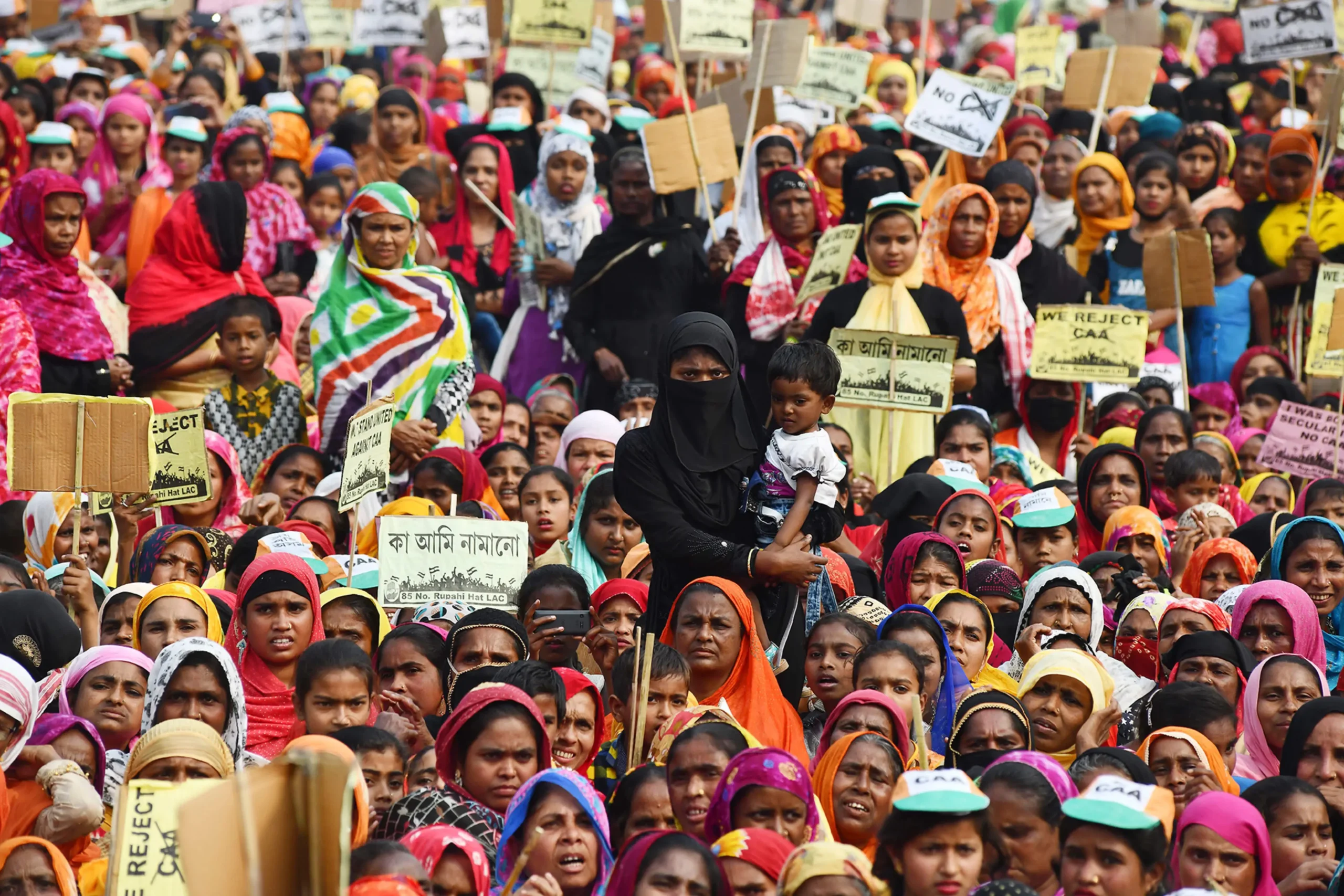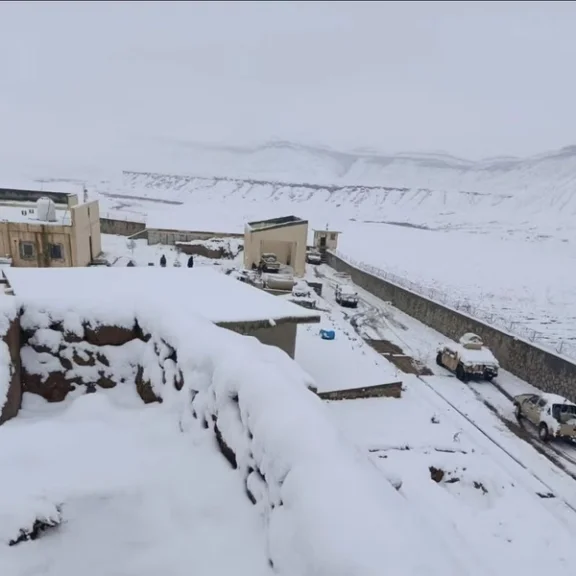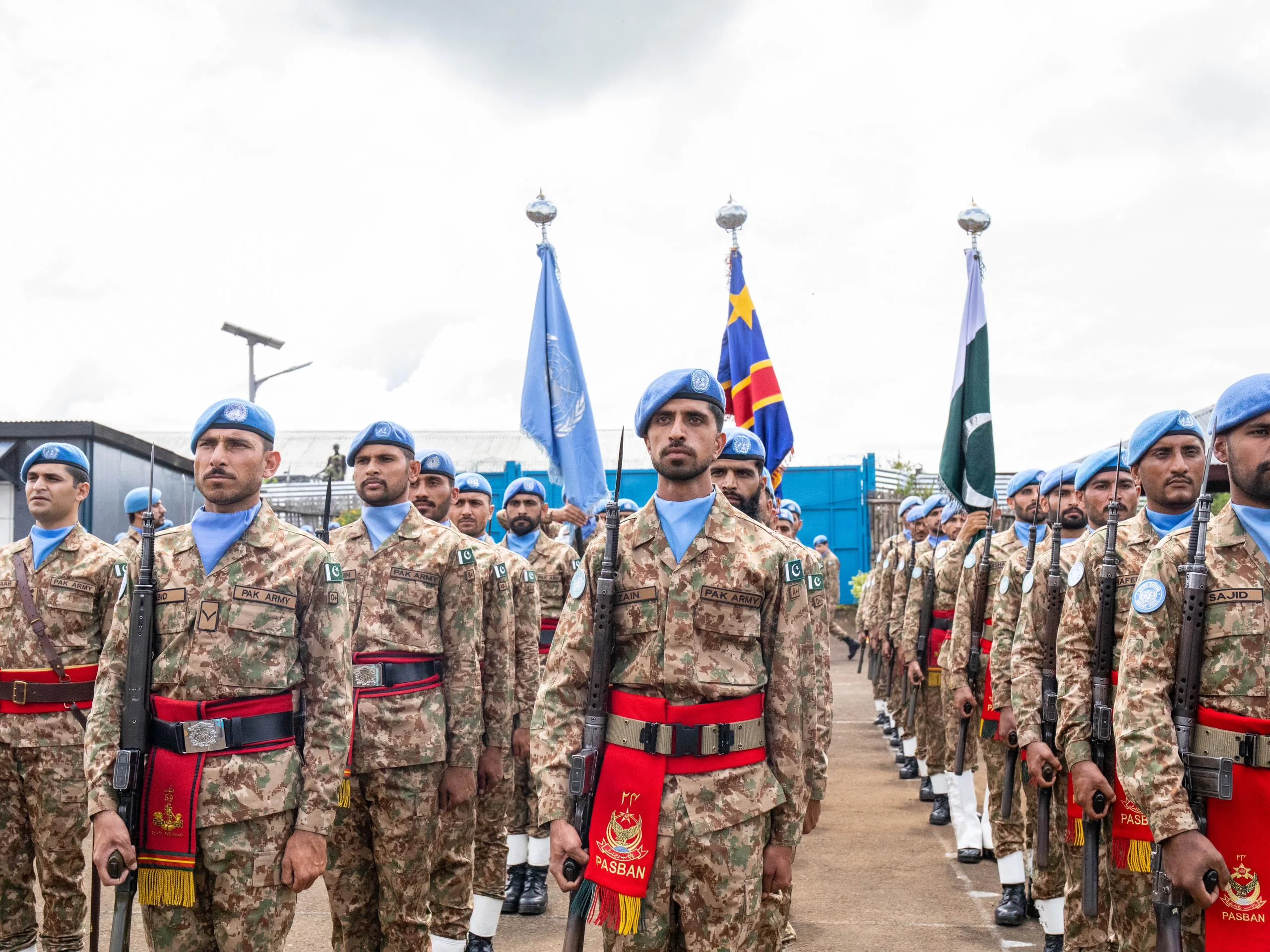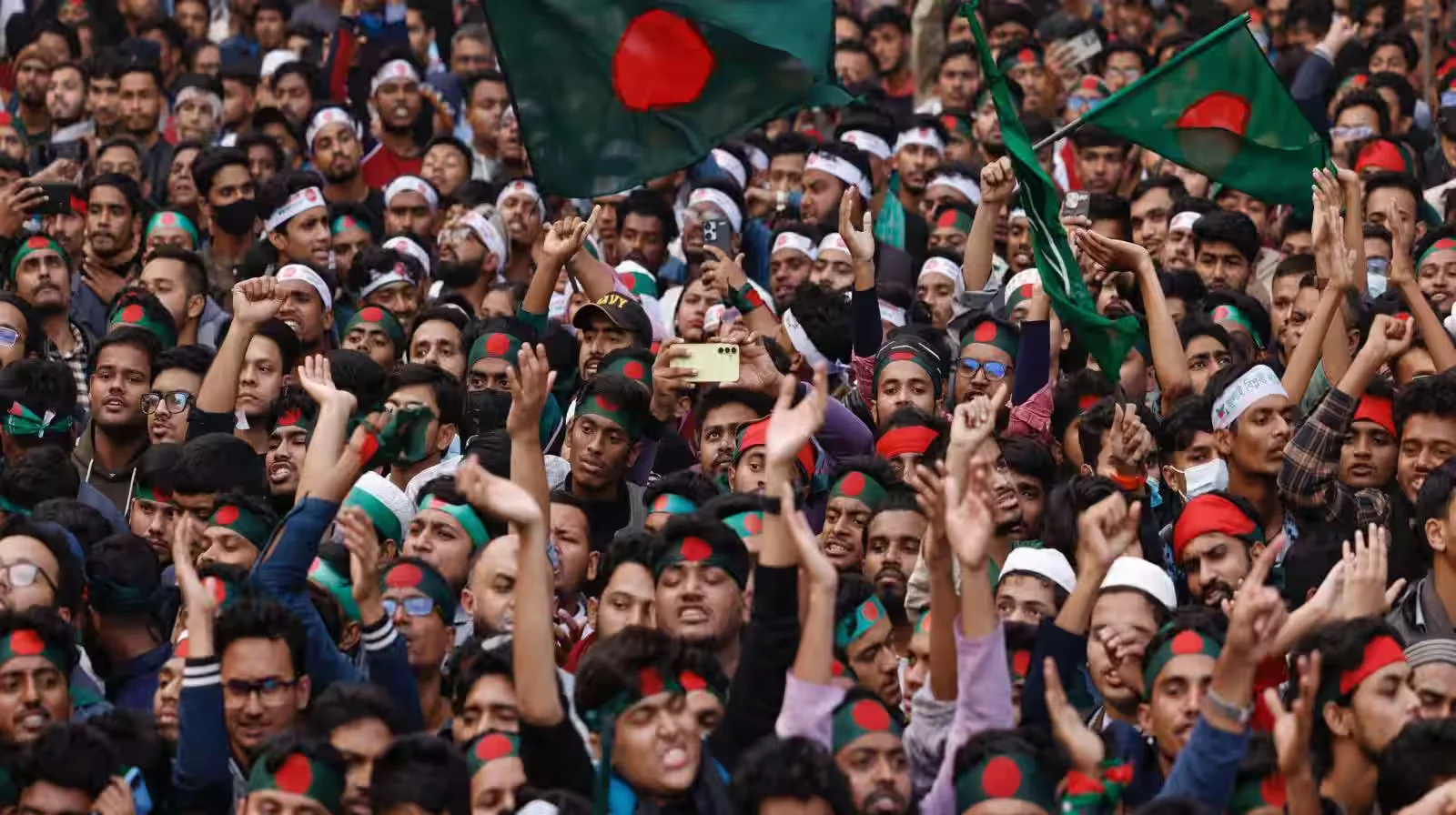In a world that spins faster with every tick of the clock, Pakistan stands at a crossroads, where the past’s shadows meet the dawn of new possibilities in Pakistan foreign policy. The recent Shanghai Cooperation Organization (SCO) Summit held in Islamabad from October 15-16, 2024, served as a reminder of Pakistan’s strategic location and its potential as a pivotal player in regional cooperation. Coupled with its forthcoming membership in the BRICS summit in Kazan, Russia, the narrative for Pakistan foreign policy (FP) is ripe for reimagining.
As we look into the crux of the matter, it’s evident that Pakistan is increasingly pivoting toward a geoeconomic framework, leveraging its geographic advantages to stimulate economic growth.
The lessons from history reveal that geopolitics and geoeconomics are intertwined; the latter must serve as a tool for the former, rather than a separate entity.
For Pakistan, the transition is not merely an academic exercise but a necessity to address pressing challenges in security, governance, and society.
A Reality Check: Security and Governance
The evolving security landscape in Pakistan is marked by multiple challenges. The Tehreek-e-Taliban Pakistan (TTP) and various Baloch terrorist groups have escalated their activities, leading to increased suicide attacks that have directly threatened the safety of citizens and foreign investors alike. In 2023, Pakistan witnessed a marked escalation in terrorist activities, with the Pakistan Institute for Peace Studies (PIPS) reporting a 17% increase in incidents compared to the previous year, a trend that has continued into 2024. This uptick in violence is particularly pronounced in regions like Khyber Pakhtunkhwa (KP) and Balochistan, where numerous security incidents have been recorded. With Chinese engineers at high risk in both the northwest and southwest regions, securing investments from the China-Pakistan Economic Corridor (CPEC) has become paramount.
Moreover, recent United States sanctions imposed on entities linked to Pakistan’s ballistic missile program add a significant layer of complexity to Pakistan’s security situation. Targeting five entities and one individual connected to the Shaheen-3 and Ababeel missile systems, these sanctions raise critical questions about the motivations behind U.S. claims of concern over missile technology proliferation.
While Washington claims to be the guardian against missile tech proliferation, one must ask: why does Pakistan continue to be singled out? Is this really about nonproliferation, or are geopolitical interests and strategic partnerships playing a larger role? The sanctions may or may not significantly impact Pakistan’s defense capabilities, yet they underscore a broader narrative of political maneuvering that seeks to maintain military imbalances in South Asia. Pakistan’s missile advancements are legitimate responses to security threats posed by a hostile India, and penalizing these advancements under the guise of nonproliferation reflects a troubling double standard in U.S. foreign policy.
The governance issues also plague Pakistan, exacerbated by political instability—seven prime ministers in seven years; from 2017-2024—that hampers coherent policy-making.
In September 2024, the International Monetary Fund (IMF) approved a $7 billion loan for Pakistan to help ease its financial crisis. With $90 billion in debt repayments due over the next three years, and a major payment scheduled for December, this loan offers temporary relief to Pakistan’s $350 billion economy amidst mounting fiscal pressures. However, the looming fiscal pressures pose a significant threat to economic stability, demanding urgent reforms in governance structures to foster long-term economic security.
Regional Context: Multipolarity and Global Tensions
The geopolitical landscape in which Pakistan operates is increasingly defined by multipolarity, characterized by the rising influence of China and Russia, alongside traditional powers like the U.S. This multipolar world brings both challenges and opportunities for Pakistan as it navigates its relations with these global powers.
The Middle East crises, particularly the recent Israel-Palestine conflict and the evolving dynamics in Saudi-Iranian relations, also impact Pakistan’s strategic calculus. Islamabad must balance its historical ties with Saudi Arabia against its growing partnership with Iran, particularly in the context of energy security.
Meanwhile, tensions in the Asia-Pacific, fueled by the U.S.-China rivalry and territorial disputes in the South China Sea, create a backdrop of uncertainty that Pakistan must consider as it seeks to align itself with the right partners. The ongoing struggle for influence in this region could offer Pakistan the chance to play a mediating role, leveraging its unique position as a bridge between the East and the West.
Moreover, the longstanding Kashmir conflict remains a significant foreign policy challenge for Pakistan. The resurgence of violence and increased militarization in the region require renewed diplomatic efforts to advocate for the rights of Kashmiris while maintaining strong international support for Pakistan’s position. The shifting allegiances in global politics make it imperative for Islamabad to adapt its approach, seeking alliances that strengthen its bargaining power on this critical issue.
Economic Connectivity: Opportunities in Geoeconomics
The tales of geoeconomics must include an emphasis on Pakistan’s existing and potential strategic economic corridors. The China-Pakistan Economic Corridor (CPEC), which forms the bedrock of economic cooperation with China, is complemented by several other initiatives that can catalyze economic growth:
- The Central Asia-South Asia (CASA-1000) Project connects Pakistan with Central Asia through the transmission of electricity from Kyrgyzstan and Tajikistan. This project enhances energy security and promotes regional collaboration.
- The Trans-Afghan Pipeline (TAPI) offers a lifeline for energy security, enabling Pakistan to import gas from Turkmenistan through Afghanistan, thus enhancing regional connectivity.
- The proposed Iran-Pakistan gas pipeline could serve as another significant conduit for energy supply, reinforcing economic ties with Iran.
- The Chitral-Bakhshan road is a strategic economic corridor that can enhance connectivity between Pakistan and Afghanistan, linking the Chitral region to the Bakhshan province and opening pathways for trade with Central Asia.
These corridors represent a tangible opportunity for Pakistan to leverage its geographic advantages and boost its economic profile on the global stage. By focusing on trade and economic interdependence, Pakistan can shift the narrative from conflict to collaboration, turning its borders into bridges rather than barriers.
Also See: BRICS Membership: Pakistan’s Economic Leap
Societal Transformation: The Youth Factor and Soft Power
The youth demographic in Pakistan, comprising nearly 60% of the population, represents a potent force for change and innovation. This generation is more informed and engaged than ever before, thanks to the explosion of digital connectivity. Investing in youth empowerment through education and skill development is not just a strategy; it’s a necessity for national security and economic prosperity.
The link between youth and Pakistan’s foreign policy challenges and opportunities is crucial. As young people increasingly demand transparency, accountability, and a voice in decision-making, their engagement in politics and policy discourse can significantly shape Pakistan’s diplomatic landscape. By channeling the ambitions of the youth into constructive foreign policy initiatives, Pakistan can create a more dynamic approach that resonates with the aspirations of its population.
However, Pakistan’s soft power remains a double-edged sword. While it offers significant opportunities to enhance the nation’s image and build international alliances, it has also faced considerable challenges.
Soft power initiatives, such as cultural diplomacy, educational exchanges, and public diplomacy campaigns, have yet to fully realize their potential. This shortfall can be attributed to various factors, including domestic political instability, security concerns, and the underutilization of Pakistan’s rich cultural heritage.
When it comes to our youth, soft power can be a game-changer in tackling domestic challenges, such as extremism and social division. Getting young people involved in initiatives that celebrate Pakistan’s cultural and historical stories can counter negative stereotypes and highlight the country as a vibrant, dynamic society.
Additionally, soft power can boost Pakistan’s global standing by showcasing the tales of its contributions to culture, arts, and science. Providing educational scholarships and establishing international collaborations can open doors for Pakistani youth to shine and represent their country confidently abroad, building goodwill and understanding in the process.
In essence, by tapping into the energy and creativity of our youth and leveraging soft power, Pakistan has the potential to reshape its narrative and tackle both domestic and foreign challenges more effectively.
The Road Ahead: Strategic Realignment in Pakistan Foreign Policy
As Pakistan stands at this crucial juncture, strategic realignment with its neighbors is imperative. The new cold war dynamics influenced by the U.S.-China rivalry present both challenges and opportunities. By re-establishing confidence in its relationships with China, Pakistan can continue to harness the benefits of CPEC while addressing security concerns. Simultaneously, engaging India in regional economic connectivity through initiatives like TAPI could shift perceptions and open new avenues for cooperation.
However, the U.S. sanctions on Pakistan’s missile program highlight the delicate balance that Pakistan must navigate in its foreign policy. The targeted sanctions, which seem to serve as political leverage rather than genuine efforts to address proliferation, further complicate Pakistan’s quest for strategic autonomy. As the country sail across these geopolitical currents, it must emphasize diplomatic efforts to mitigate the adverse impacts of external pressures.
To effectively address these complex challenges, Pakistan must adopt a clear and cohesive foreign policy that prioritizes economic stability, regional partnerships, and internal cohesion. The stakes are high, but the potential rewards are higher—if Pakistan can capitalize on its strategic position and the growing inclination toward geoeconomics, it may not only survive but thrive in an increasingly interconnected world.
In conclusion, while the challenges are daunting, the opportunities for Pakistan’s future are abundant. The SCO Summit and BRICS membership signal a new era for Pakistan, one that requires ingenuity, adaptability, and a resolute commitment to transforming challenges into opportunities. Yet, one can’t help but wonder: as Pakistan sets sail toward this promising horizon, will it seize the moment, or will it become yet another missed opportunity in the annals of history? Only time will tell if Pakistan can turn this moment of potential into a reality that shapes a prosperous and secure future for its people.

![From CPEC to BRICS, Pakistan foreign policy faces new challenges and opportunities in a multipolar world. [Image via Adobe Stock].](https://southasiatimes.org/wp-content/uploads/2024/10/360_F_463386323_8k4hyO46J9z0WFKRIp7xmQa81cY2HSLe.webp)




